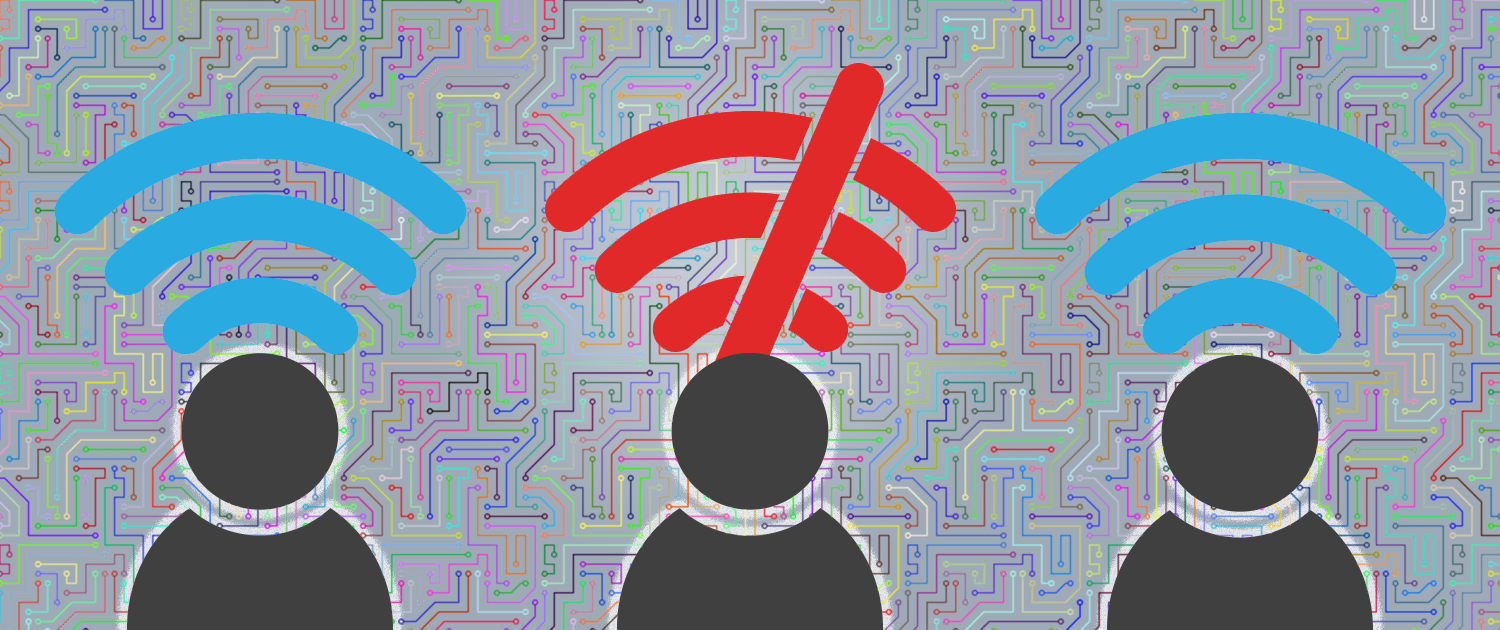The International Telecommunications Union (ITU) has released its annual Measuring Digital Development: Facts and Figures report, which offers a snapshot of critical information and communication technologies (ICT) indicators.
Overall, the report stresses that the steady but uneven progress in global Internet connectivity highlights the disparities of the digital divide and is leaving people in low-income countries behind.
The most symbolic indicator of this is fixed-broadband Internet, which accounted for more than 80% of global Internet traffic in 2022. However, only 1 in 100 people in low-income countries have a fixed broadband subscription due to high prices and lack of infrastructure.
Below are other important takeaways from the report:
- 2.6 billion people, or one-third of the global population, remain offline.
- In low-income countries, fewer people are online, and those who use far less data are not achieving the full potential of connectivity.
- Globally, the monthly average for data use was 257 GB per fixed-broadband subscription, compared to 11 GB per mobile-broadband subscription in 2022. Monthly fixed-broadband traffic in low-income countries averaged 161 GB compared to only 1 GB for mobile.
- 5G mobile network coverage has expanded to almost 40% of the world’s population since commercial deployment began in 2019. But as with Internet data traffic, the distribution is uneven. While 5G networks cover 89% of people in high-income countries, the service is nearly absent in low-income countries.
- In Europe, the Commonwealth of Independent States, and the Americas, about 90% of the population uses the Internet. Approximately two-thirds of the population in the Arab States and the Asia and Pacific region use the Internet, in line with the global average. Just 37% of people in Africa use the Internet.
- 70% of men use the Internet, compared with 65% of women globally—both slight increases from 2022 figures—but women account for a disproportionate share of the global offline population, outnumbering male non-users by 17%.
- 81% of urban dwellers use the Internet, 1.6 times as high as the percentage of Internet users in rural areas.
- In low-income economies, the median price of an entry-level mobile broadband subscription amounts to 8.6% of average income, a share 22 times larger than in high-income countries (0.4%).
Efforts to continually measure the Internet, such as those by the ITU, are essential for understanding the current health and evolution of the global Internet.
They also help decision-makers by providing a base assessment of various indicators that contribute to the Internet ecosystem that can then be used to evaluate the effect of policies, projects, and funds that seek to increase the overall resilience of the Internet.
Read the full report.


